Anni Albers' weaving magic offers a delightful 2-in-1 modernist showcase in Milan
A Milan Design Week showcase of Anni Albers’ weaving work, brought to life by Dedar with the Josef & Anni Albers Foundation, brings visitors to modernist icon, the BBPR-designed Torre Velasca
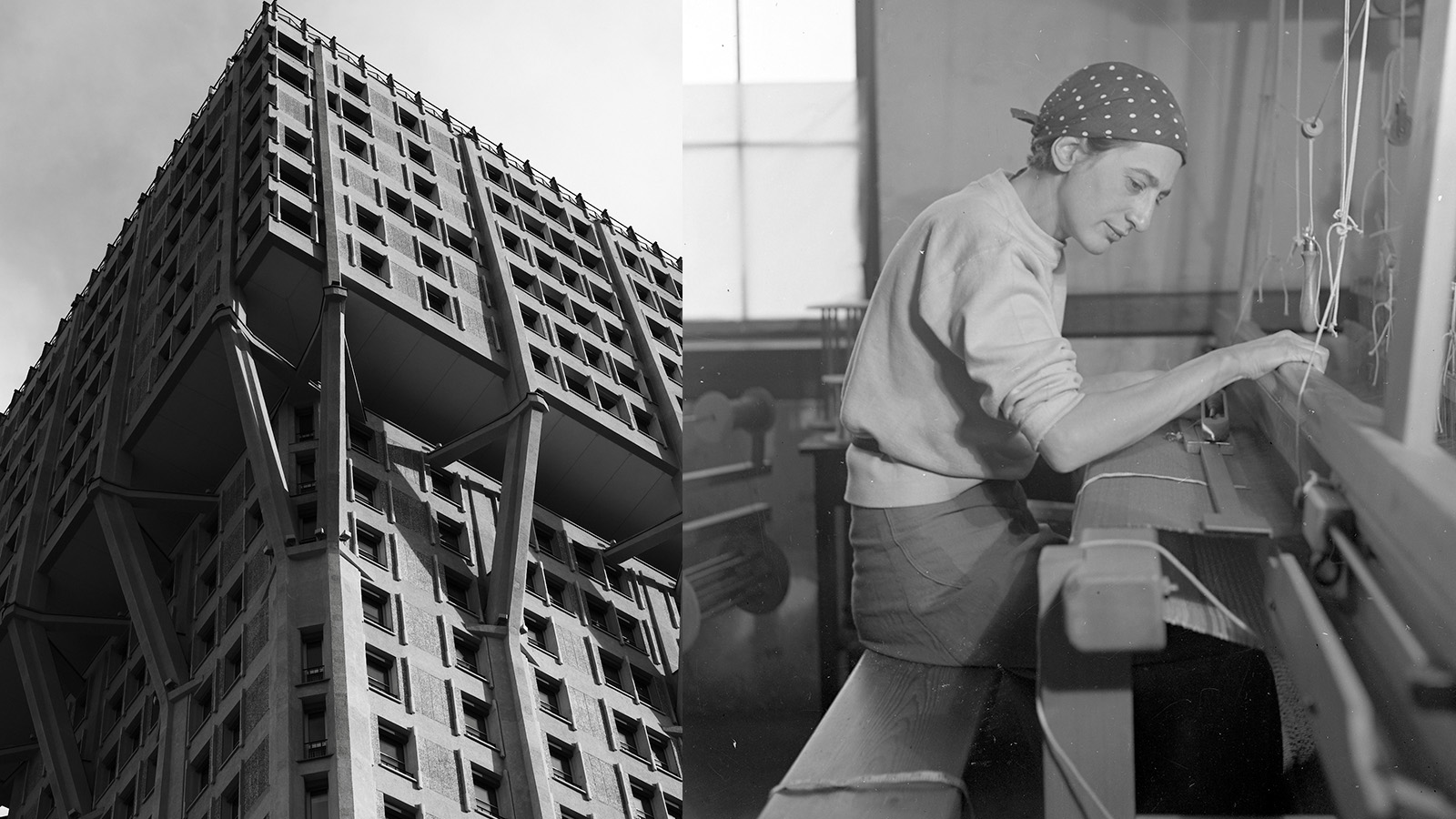
Paying tribute to the work of Anni Albers, five fabrics launched by Italian textile company Dedar during the Milan Design Week 2025 offer not one, but two reasons to explore 20th-century modernism.
The project announces Dedar's collaboration with the Josef & Anni Albers Foundation and is showcased elegantly on the 16th floor of Milan's iconic piece of modernist architecture legacy Torre Velasca – designed by BBPR (the 'R' is Ernesto Nathan Rogers, a relative of Richard Rogers) and situated in the heart of the Lombardy city.
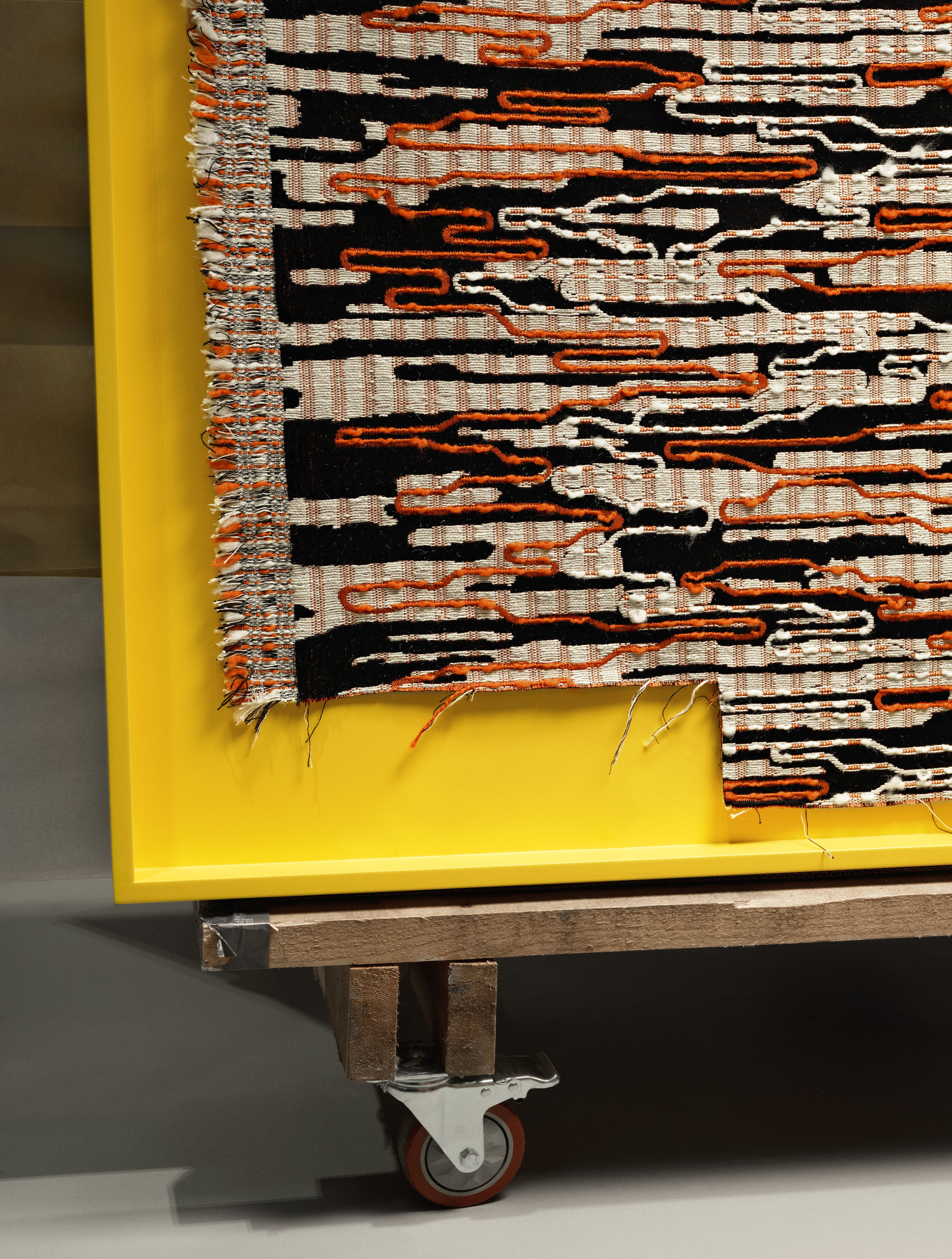
Art direction by Stefanie Barth & Carina Frey, Styling by Conti Marchettistudio
Anni Albers fabrics launched by Dedar
Albers was one of the past century's most seminal textile artists, bridging graphic design, fine art and traditional crafts (London's Tate Modern looked back on her career to mark 100 years of the Bauhaus). Her mastery can be enjoyed through a series of displays in this new exhibition, free to visit for the duration of the city's annual design festival (until 13 April).
The four fabrics on show, based on works described by the artist as ‘pictorial weavings’, are true to Albers’ style,powerful and mesmerising – and can be applied for use in upholstery, curtains, panels, and textile elements for interior spaces. The pieces mix a variety of fabrics – from wool and cotton to jute, viscose, acrylic and polyester. Their dense, multi-dimensional weave blends old and new techniques in an artful way.
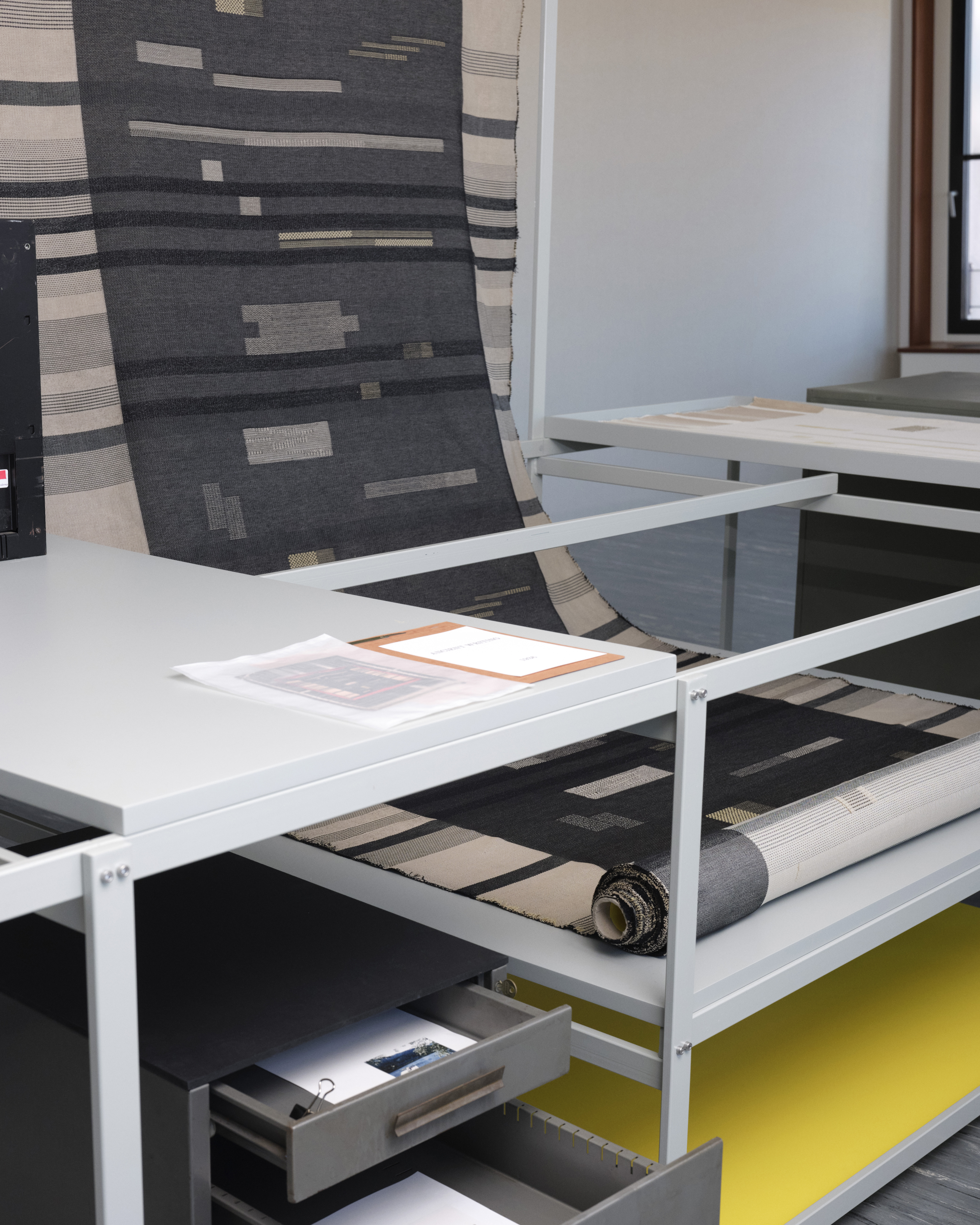
The venue: Torre Velasca
The experience becomes ever more powerful, seen as it is against the backdrop of Milan's cityscape. Torre Velasca, completed in 1959, is one of the tallest buildings in the city's central district, boldly standing out as an architectural landmark – once, controversial for its unusual shape. Its characteristic mushroom-like outline, whose floorplate widens on the upper floors, offers a 20th-century interpretation of the Lombardy region's medieval castles.
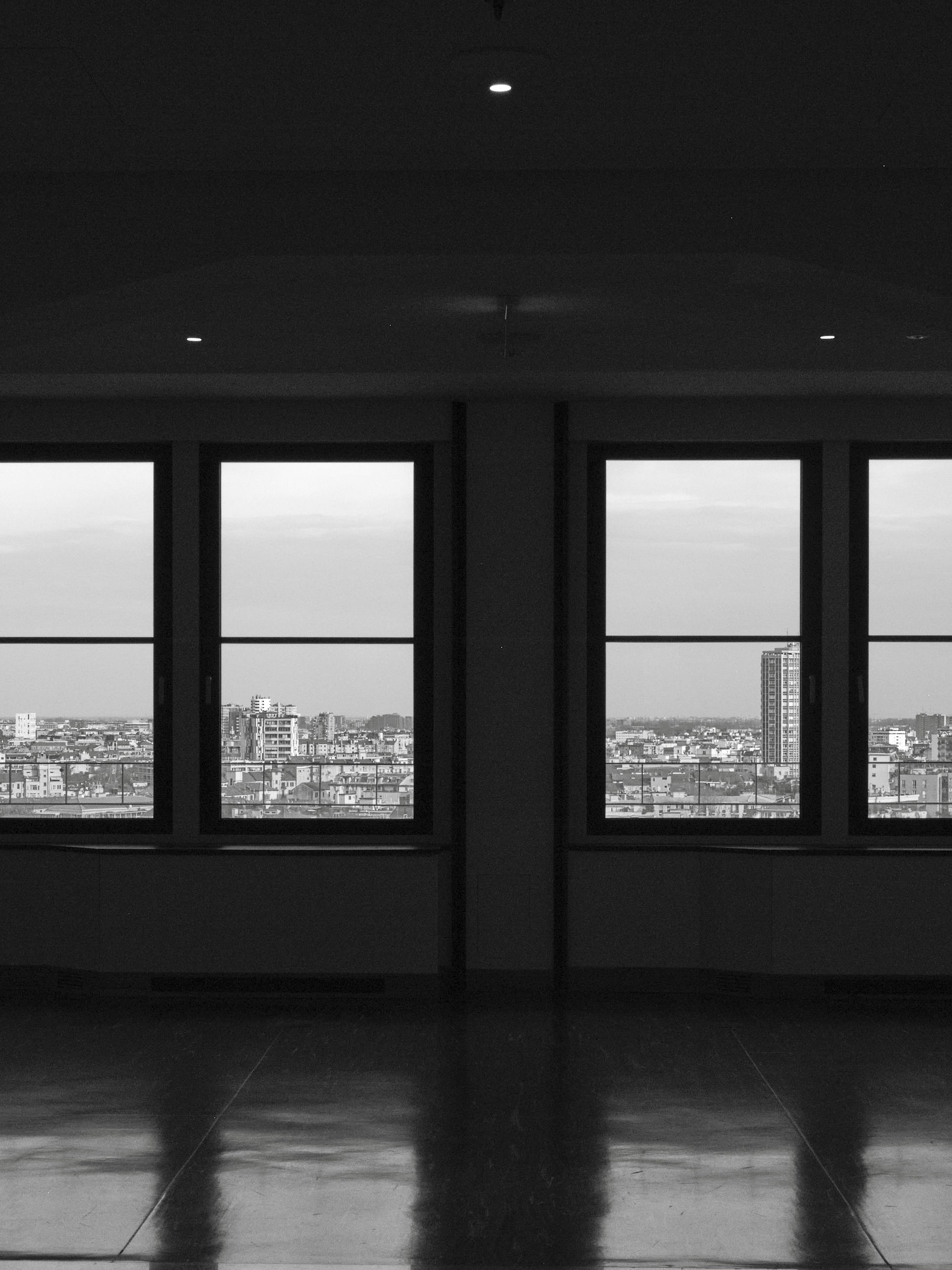
‘The exploration of Albers’ work and the dialogue with her way of thinking have called for open-mindedness in creative terms – and, above all, the desire to “take thread for a walk”, without any particular destination in mind, just as Albers did, inspired by the maestro Paul Klee. The reinterpretation of textures, colours, and forms originally intended for hand weaving has put our textile expertise to the test but, as she herself used to say, “art gives us courage” and therefore, with every new research endeavour we expand our knowledge,' say Caterina and Raffaele Fabrizio, CEO and creative director of Dedar.
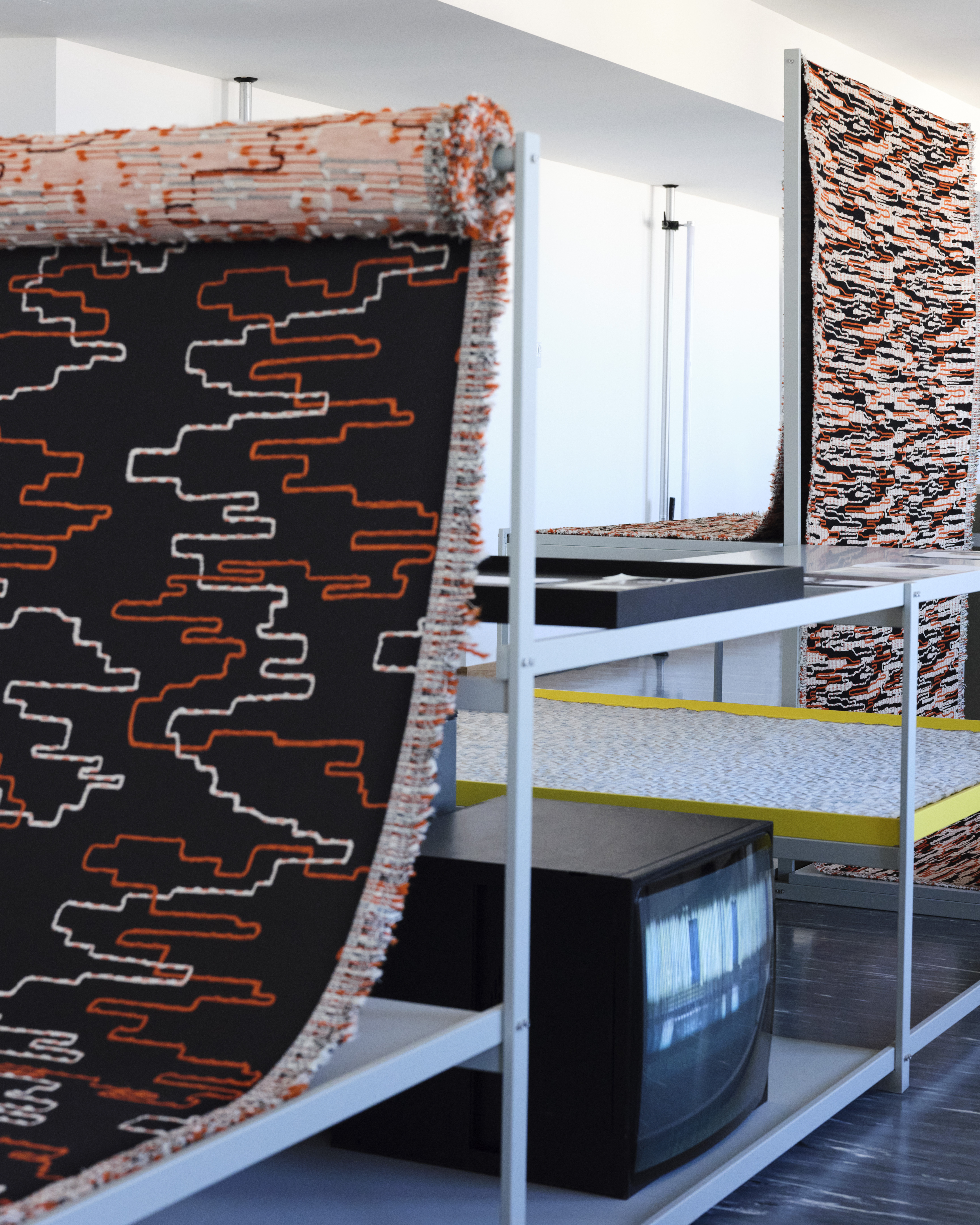
Wallpaper* Newsletter
Receive our daily digest of inspiration, escapism and design stories from around the world direct to your inbox.
Ellie Stathaki is the Architecture & Environment Director at Wallpaper*. She trained as an architect at the Aristotle University of Thessaloniki in Greece and studied architectural history at the Bartlett in London. Now an established journalist, she has been a member of the Wallpaper* team since 2006, visiting buildings across the globe and interviewing leading architects such as Tadao Ando and Rem Koolhaas. Ellie has also taken part in judging panels, moderated events, curated shows and contributed in books, such as The Contemporary House (Thames & Hudson, 2018), Glenn Sestig Architecture Diary (2020) and House London (2022).
-
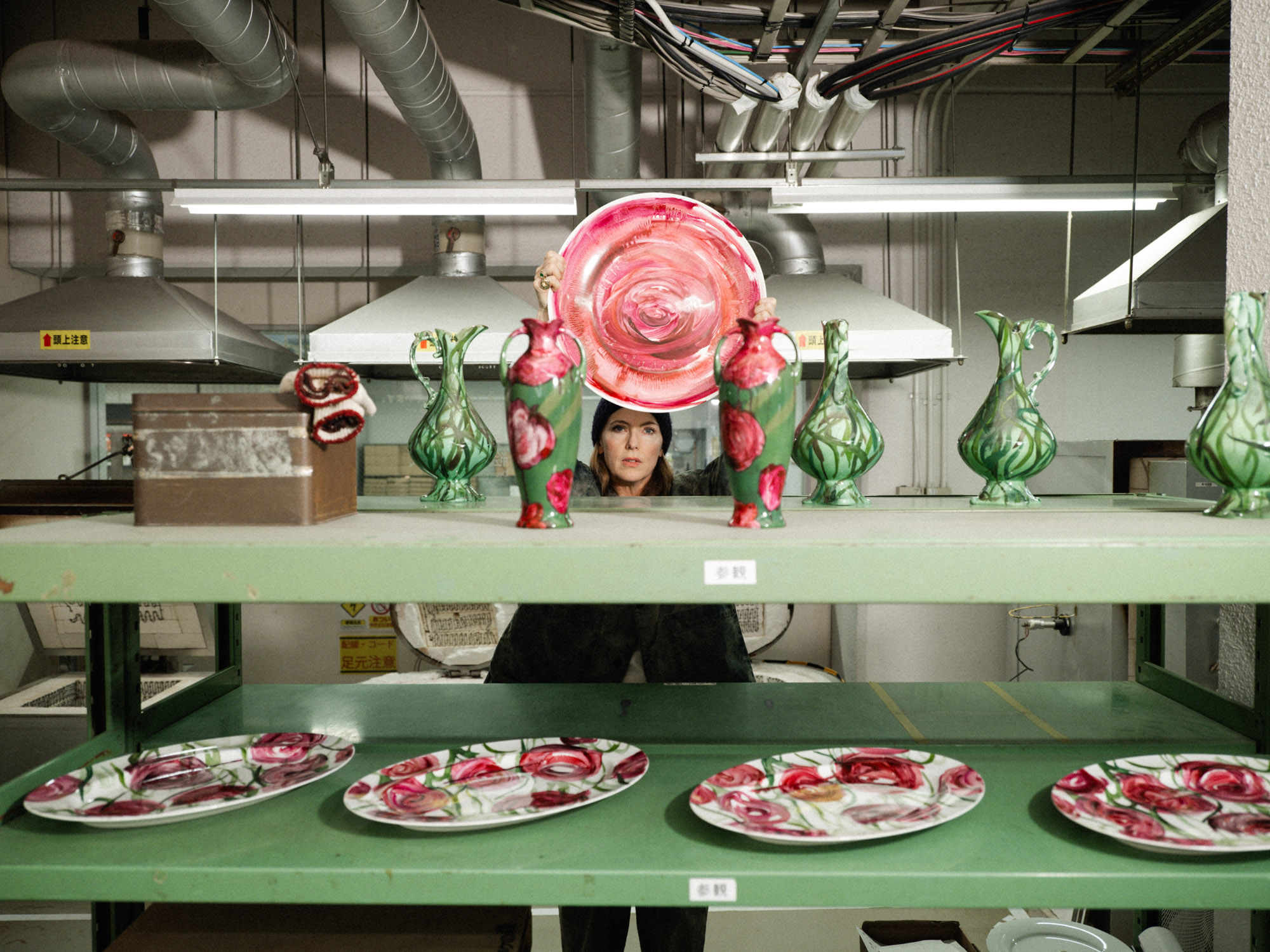 Faye Toogood comes up roses at Milan Design Week 2025
Faye Toogood comes up roses at Milan Design Week 2025Japanese ceramics specialist Noritake’s design collection blossoms with a bold floral series by Faye Toogood
By Danielle Demetriou Published
-
 Tatar Bunar puts Ukrainian heritage front and centre
Tatar Bunar puts Ukrainian heritage front and centreFamily recipes and contemporary design merge at this new east London restaurant by Ukrainian restaurateurs Anna Andriienko and Alex Cooper
By Ben McCormack Published
-
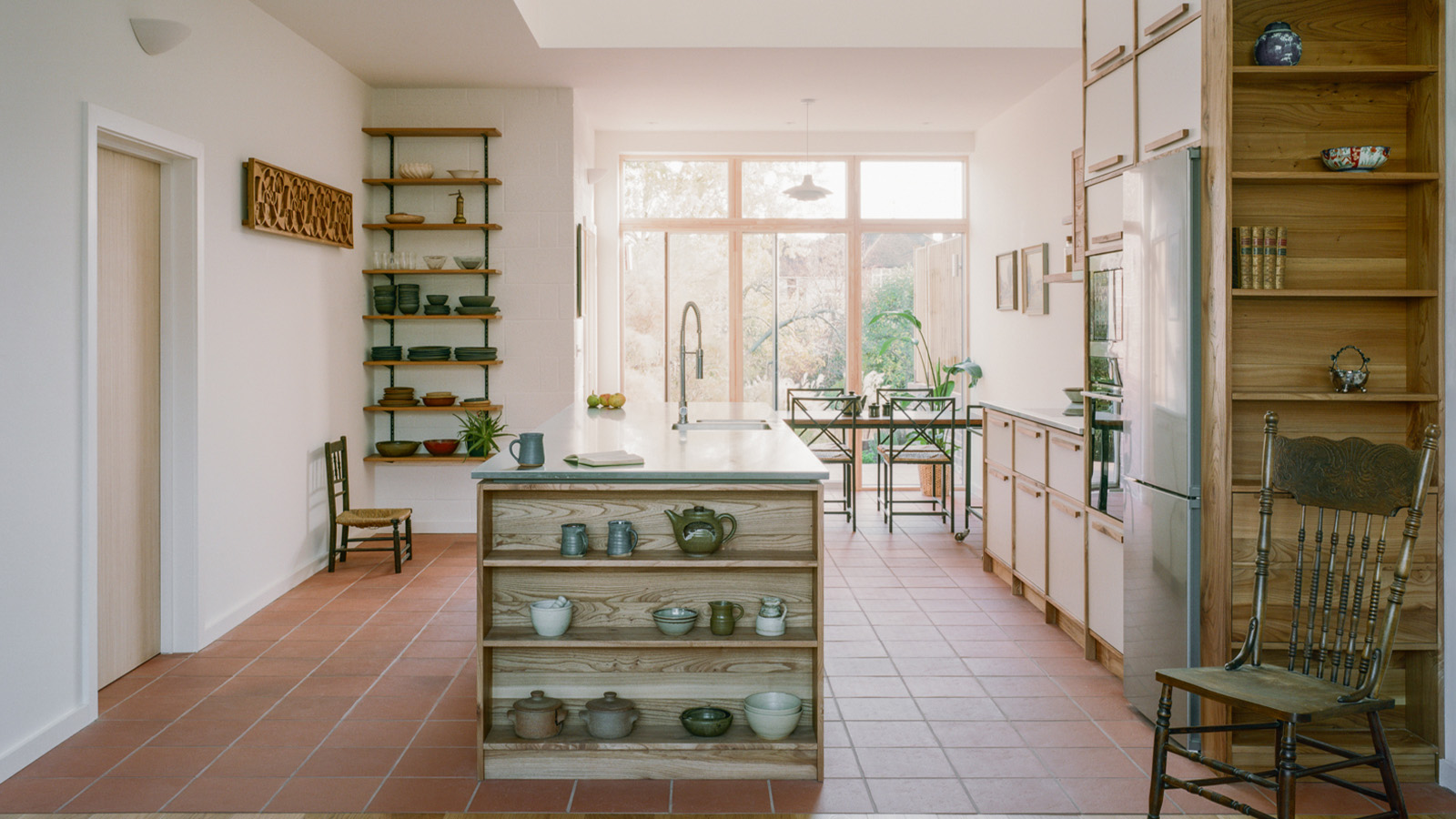 An octogenarian’s north London home is bold with utilitarian authenticity
An octogenarian’s north London home is bold with utilitarian authenticityWoodbury residence is a north London home by Of Architecture, inspired by 20th-century design and rooted in functionality
By Tianna Williams Published
-
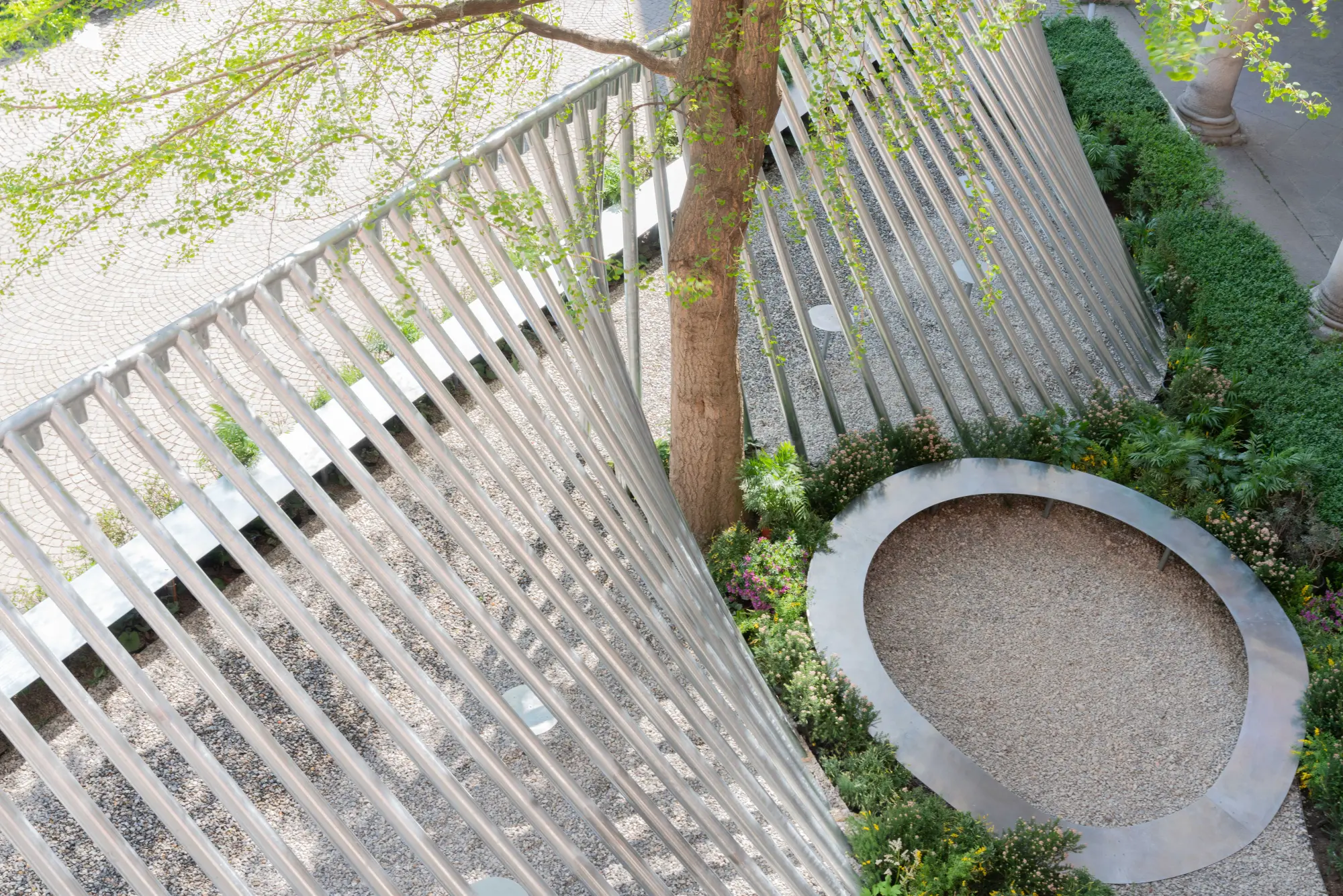 Milan Design Week: ‘A Beat of Water’ highlights the power of the precious natural resource
Milan Design Week: ‘A Beat of Water’ highlights the power of the precious natural resource‘A Beat of Water’ by BIG - Bjarke Ingels Group and Roca zooms in on water and its power – from natural element to valuable resource, touching on sustainability and consumption
By Ellie Stathaki Published
-
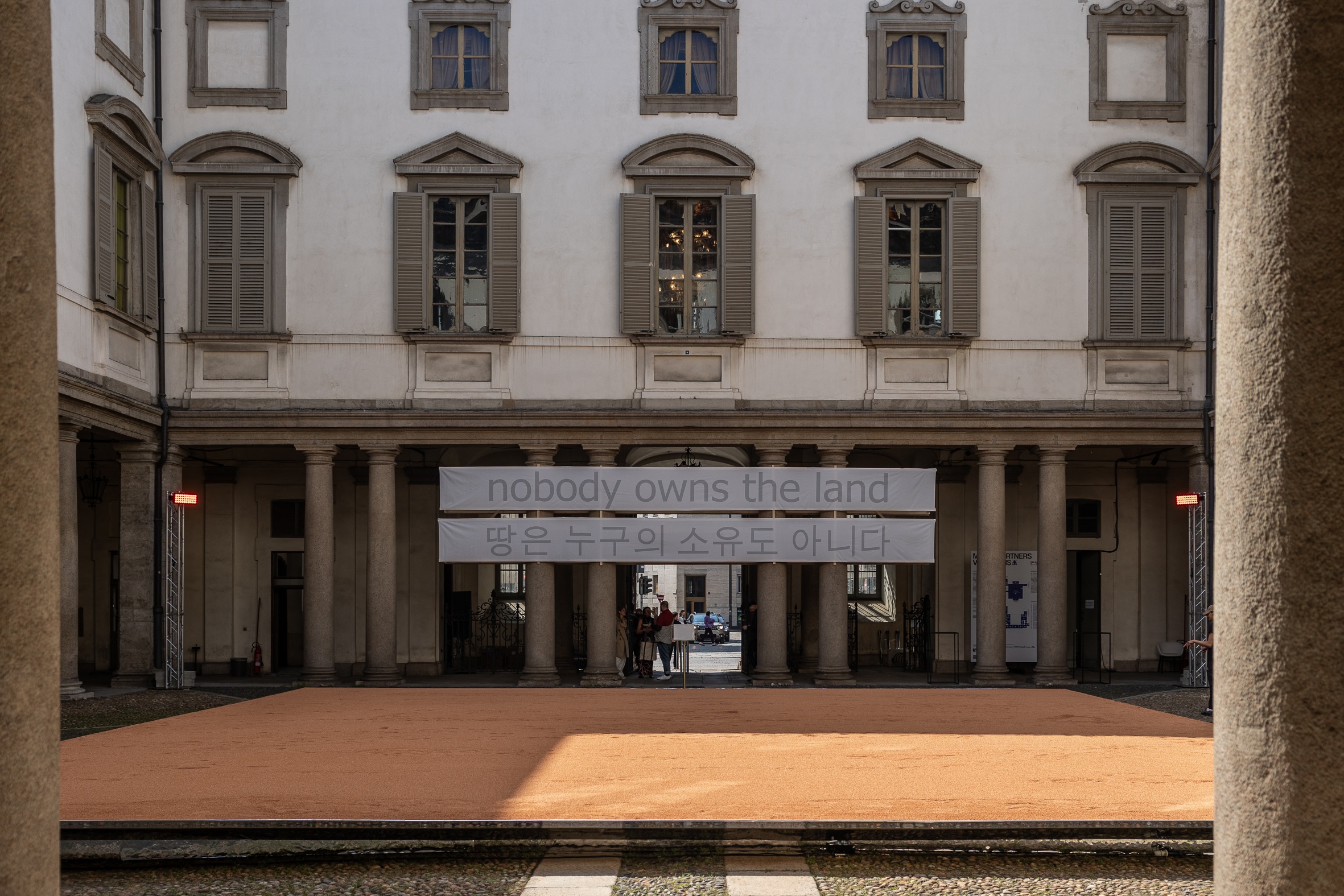 This Milan Design Week installation invites you to tread barefoot inside a palazzo
This Milan Design Week installation invites you to tread barefoot inside a palazzoAt Palazzo Litta, Moscapartners and Byoung Cho launch a contemplative installation on the theme of migration
By Ellie Stathaki Published
-
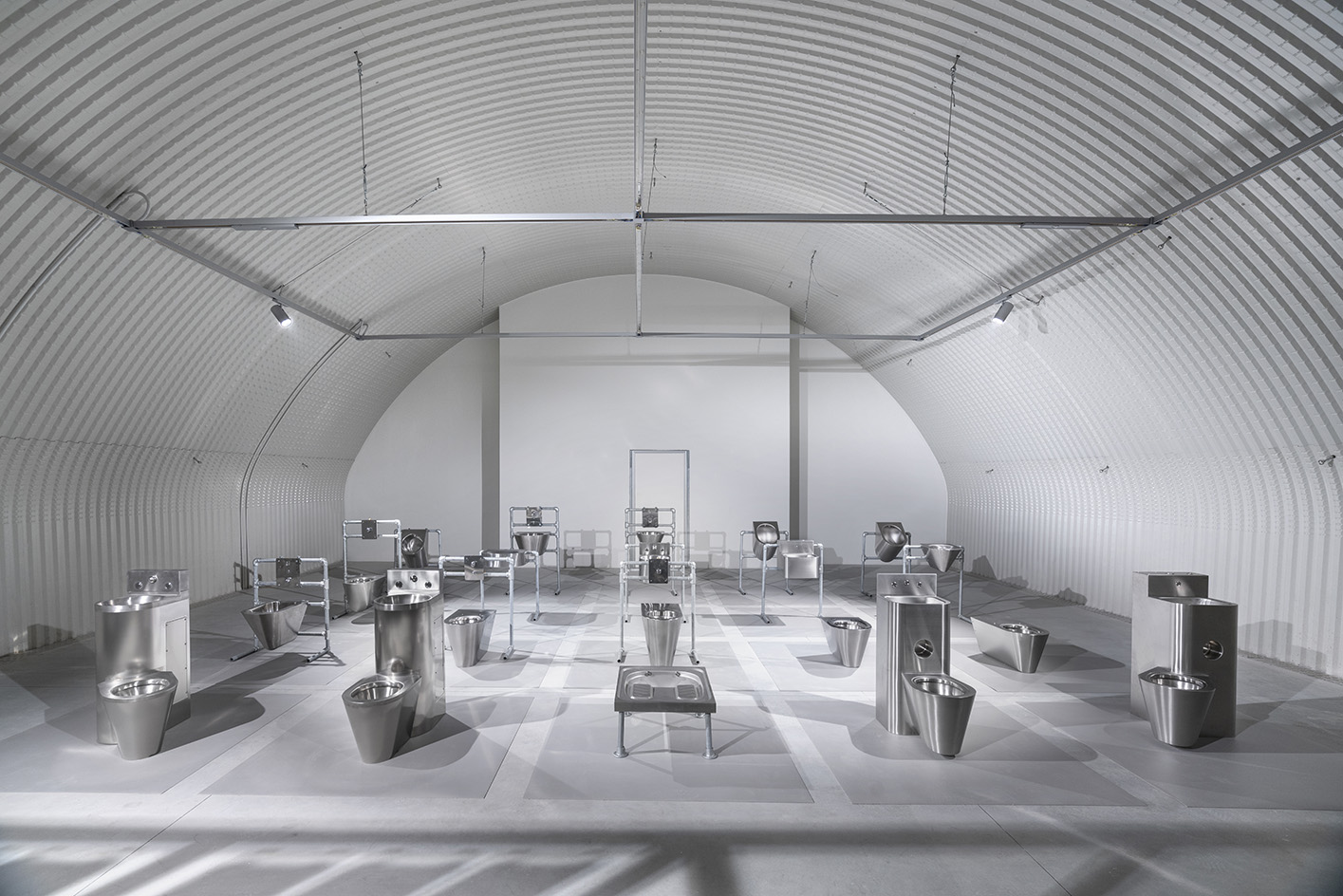 Milan Design Week: Dropcity challenges detention space design with 'Prison Times'
Milan Design Week: Dropcity challenges detention space design with 'Prison Times'Dropcity's inaugural exhibition 'Prison Times – Spatial Dynamics of Penal Environments', opens a few days before the launch of Milan Design Week and discusses penal environments and their spatial design
By Ellie Stathaki Published
-
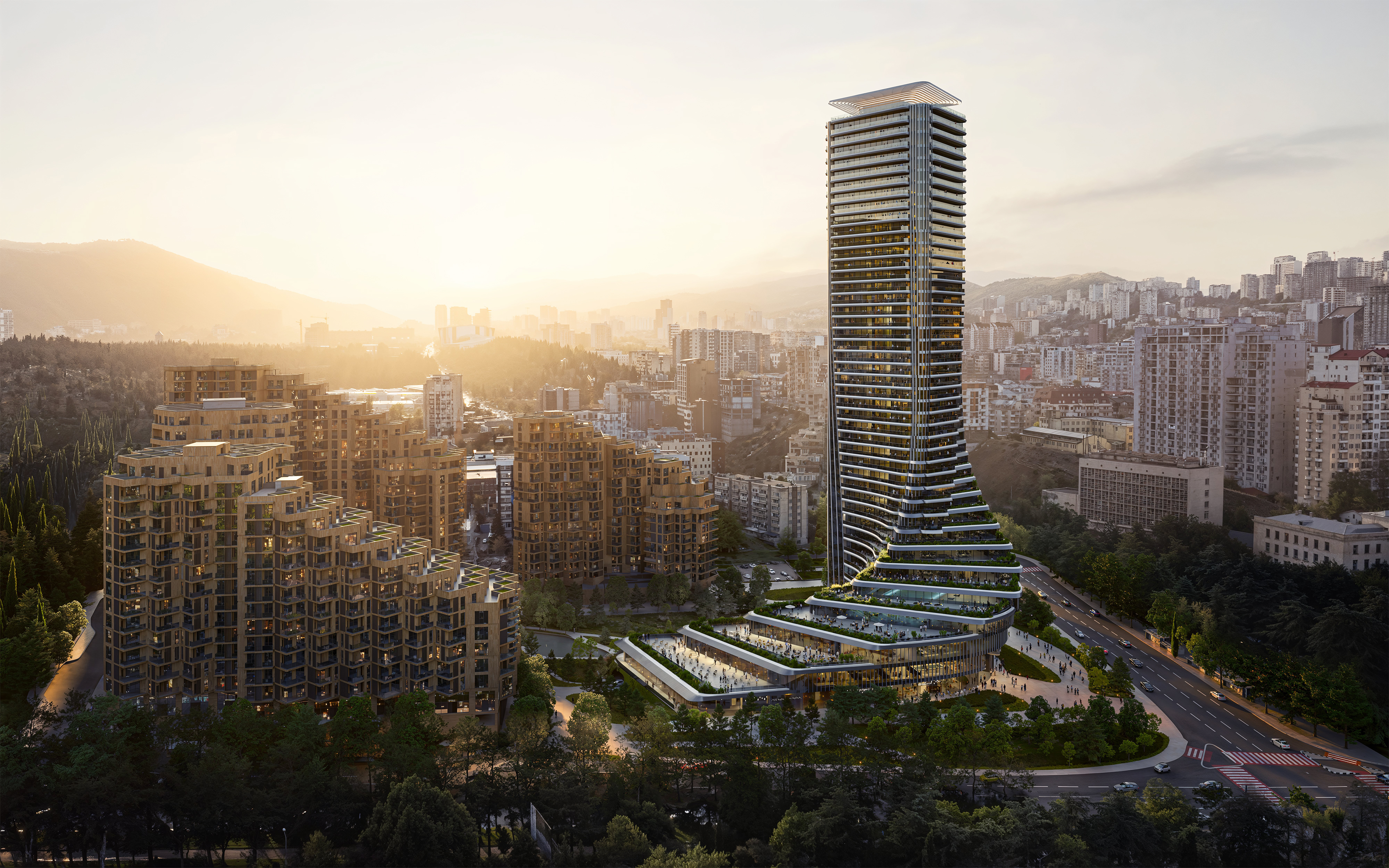 The upcoming Zaha Hadid Architects projects set to transform the horizon
The upcoming Zaha Hadid Architects projects set to transform the horizonA peek at Zaha Hadid Architects’ future projects, which will comprise some of the most innovative and intriguing structures in the world
By Anna Solomon Published
-
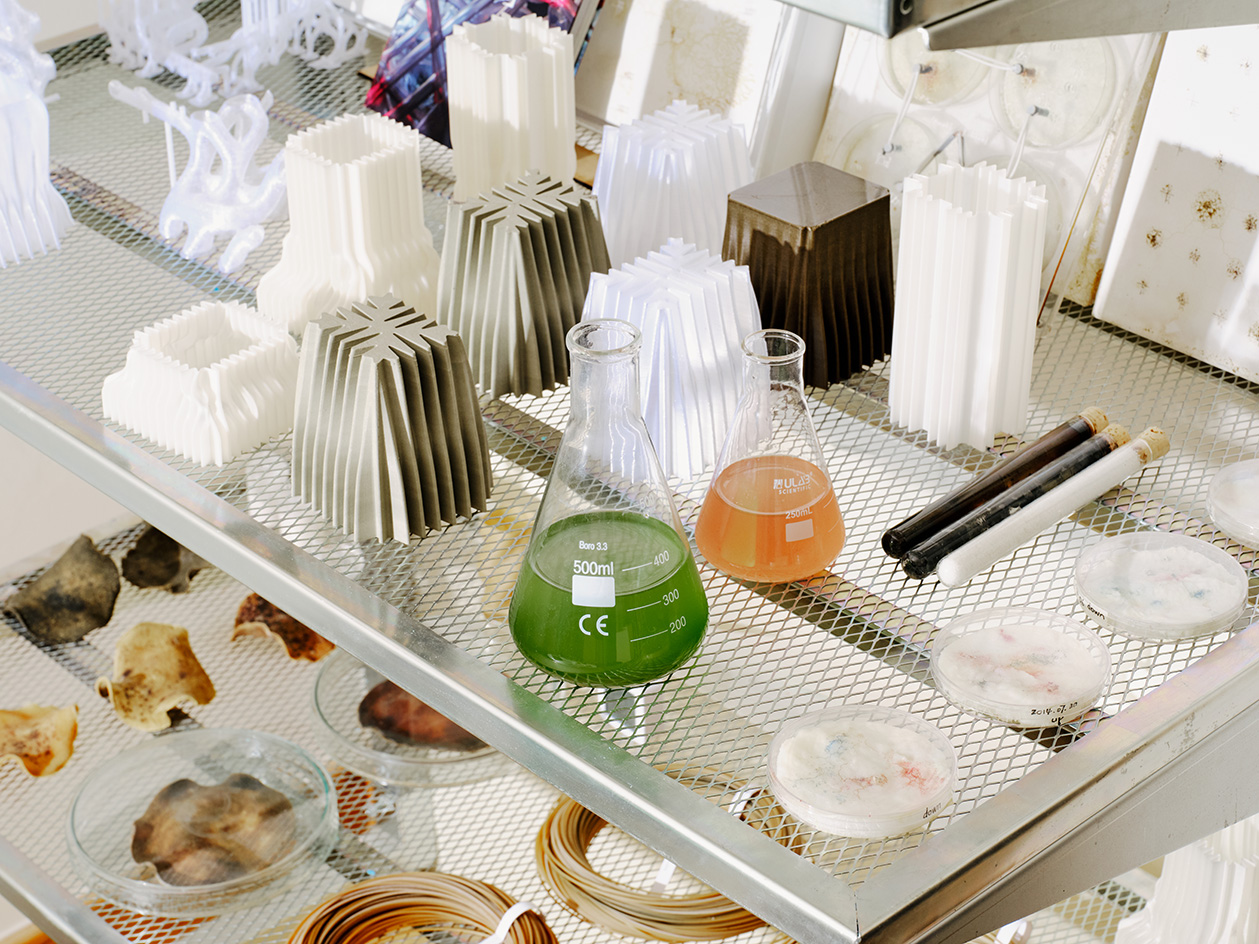 Is biodesign the future of architecture? EcoLogicStudio thinks so
Is biodesign the future of architecture? EcoLogicStudio thinks soWe talk all things biodesign with British-Italian architecture practice ecoLogicStudio, discussing how architecture can work with nature
By Shawn Adams Published
-
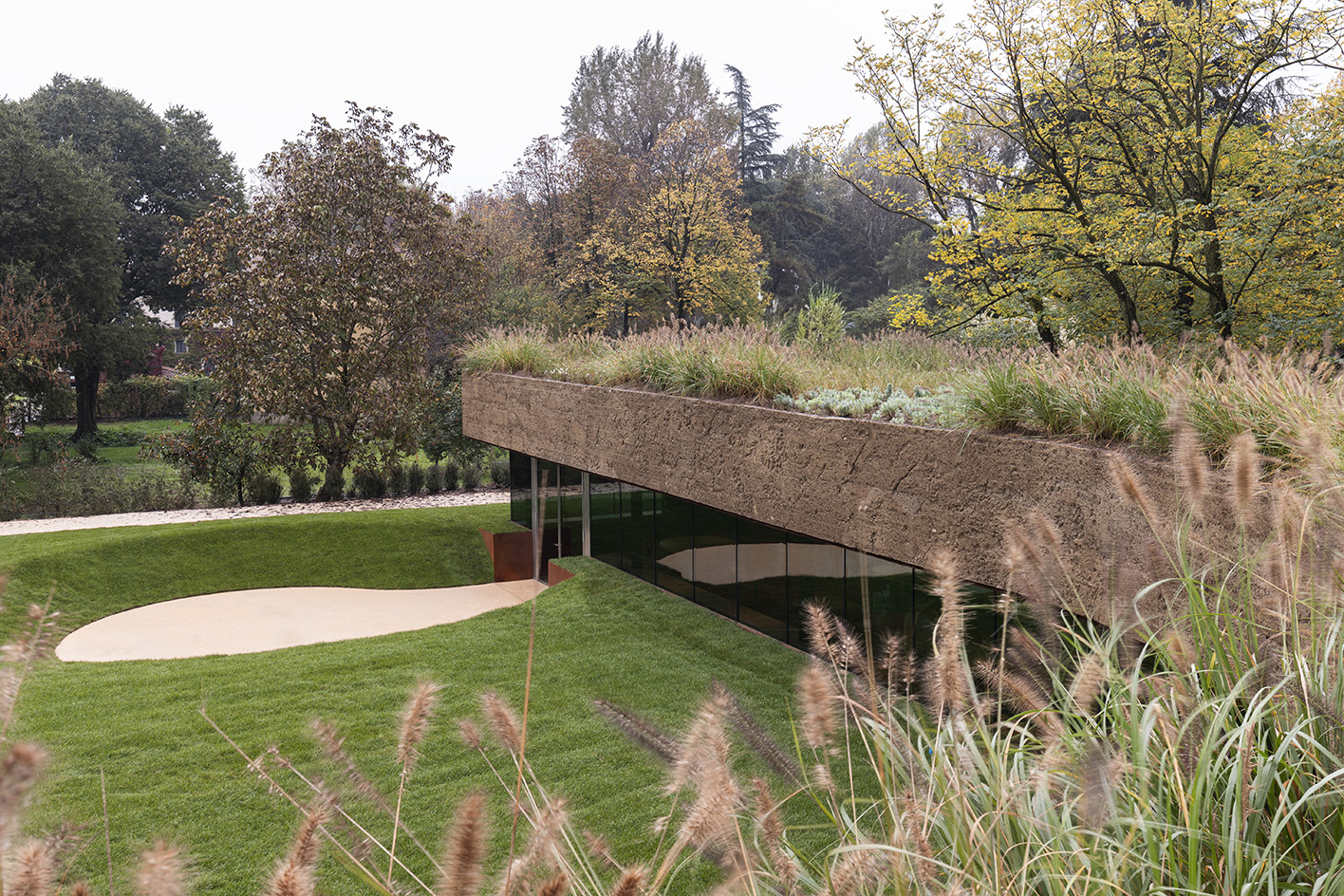 Meet Carlo Ratti, the architect curating the 2025 Venice Architecture Biennale
Meet Carlo Ratti, the architect curating the 2025 Venice Architecture BiennaleWe meet Italian architect Carlo Ratti, the curator of the 2025 Venice Architecture Biennale, to find out what drives and fascinates him ahead of the world’s biggest architecture festival kick-off in May
By Ellie Stathaki Published
-
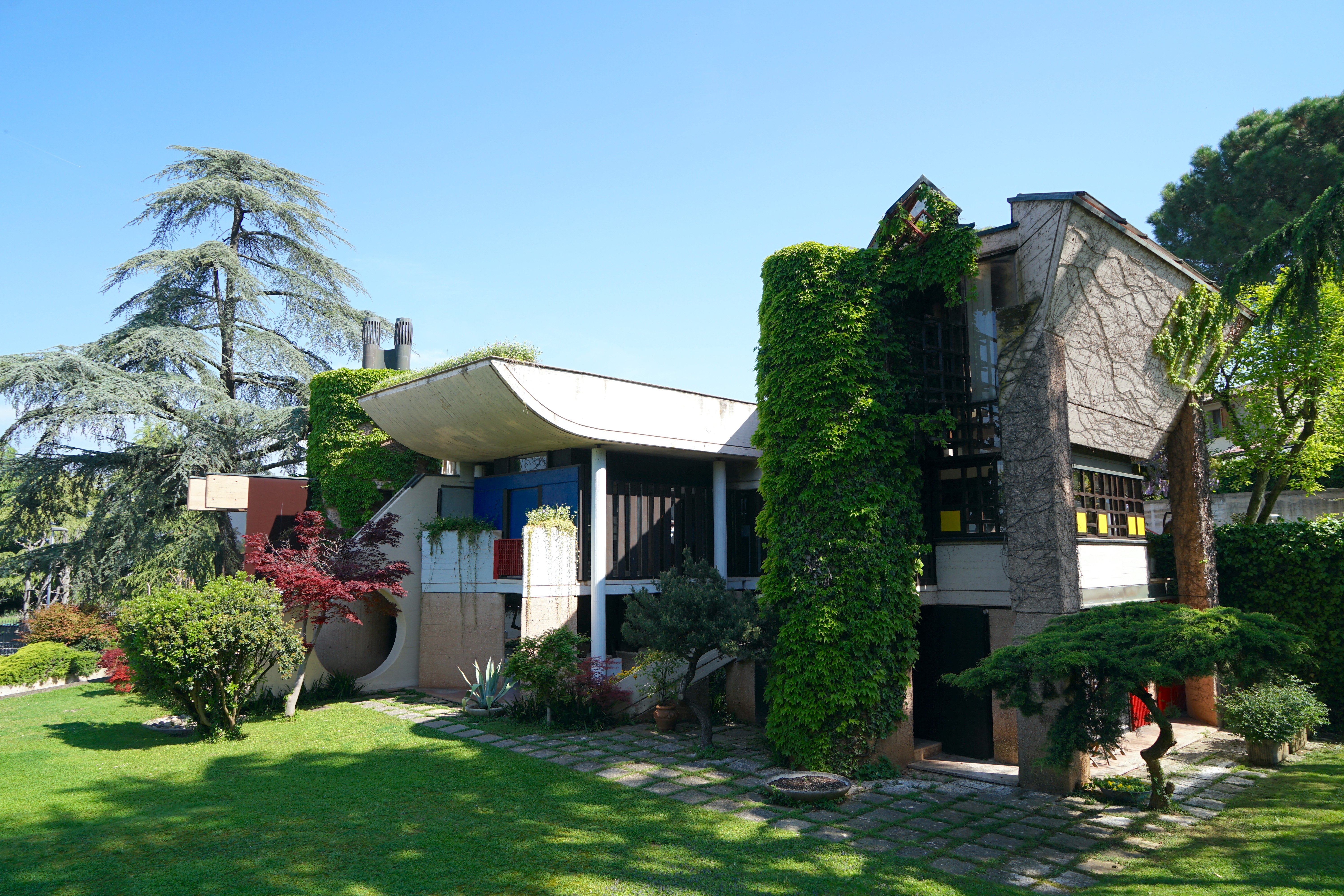 The brutal harmony of Villa Caffetto: an Escheresque Italian modernist gem
The brutal harmony of Villa Caffetto: an Escheresque Italian modernist gemThe Escheresque Italian Villa Caffetto designed by Fausto Bontempi for sculptor Claudio Caffetto
By Adam Štěch Published
-
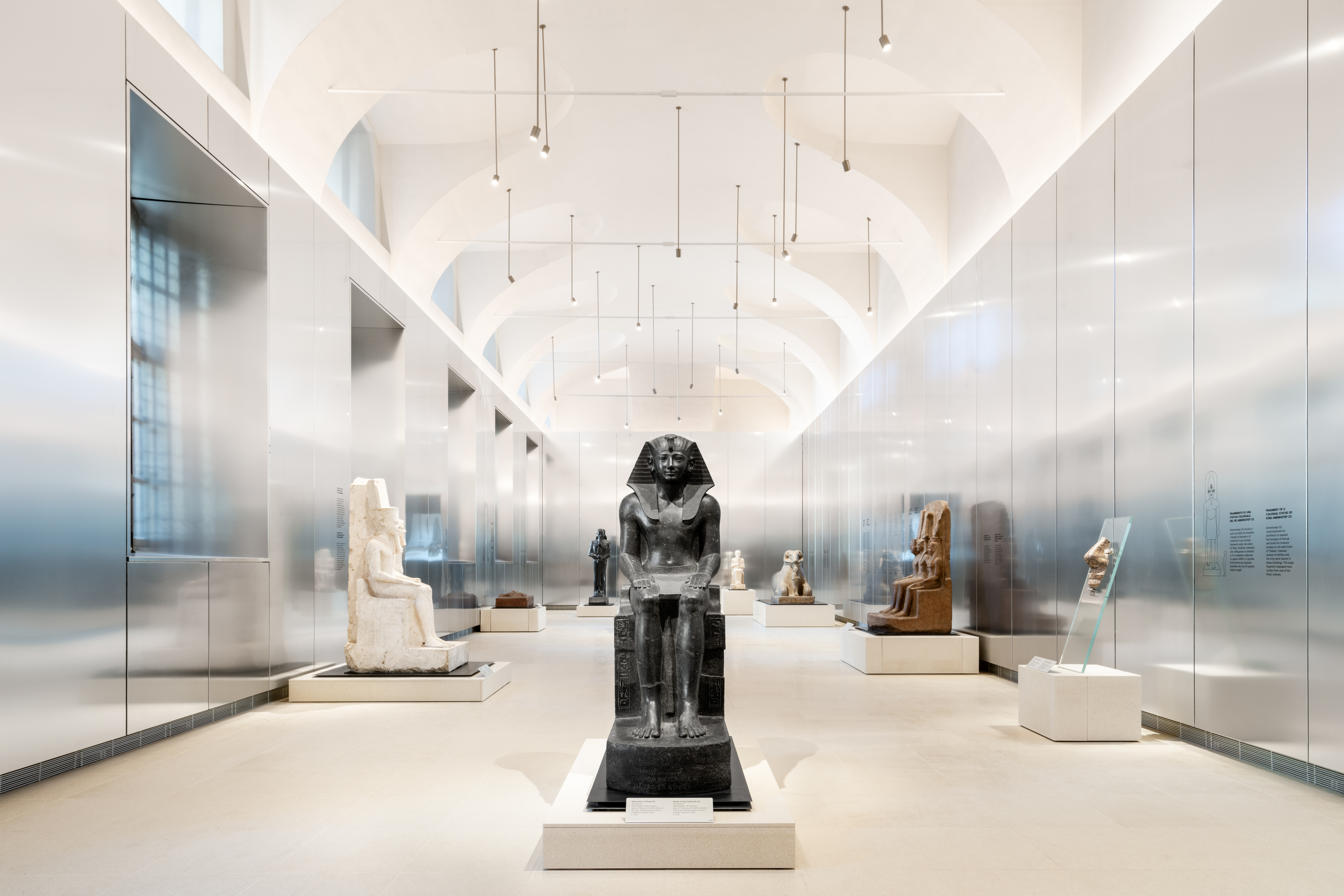 Turin’s Museo Egizio gets an OMA makeover for its bicentenary
Turin’s Museo Egizio gets an OMA makeover for its bicentenaryThe Gallery of the Kings at Turin’s Museo Egizio has been inaugurated after being remodelled by OMA, in collaboration with Andrea Tabocchini Architecture
By Smilian Cibic Published